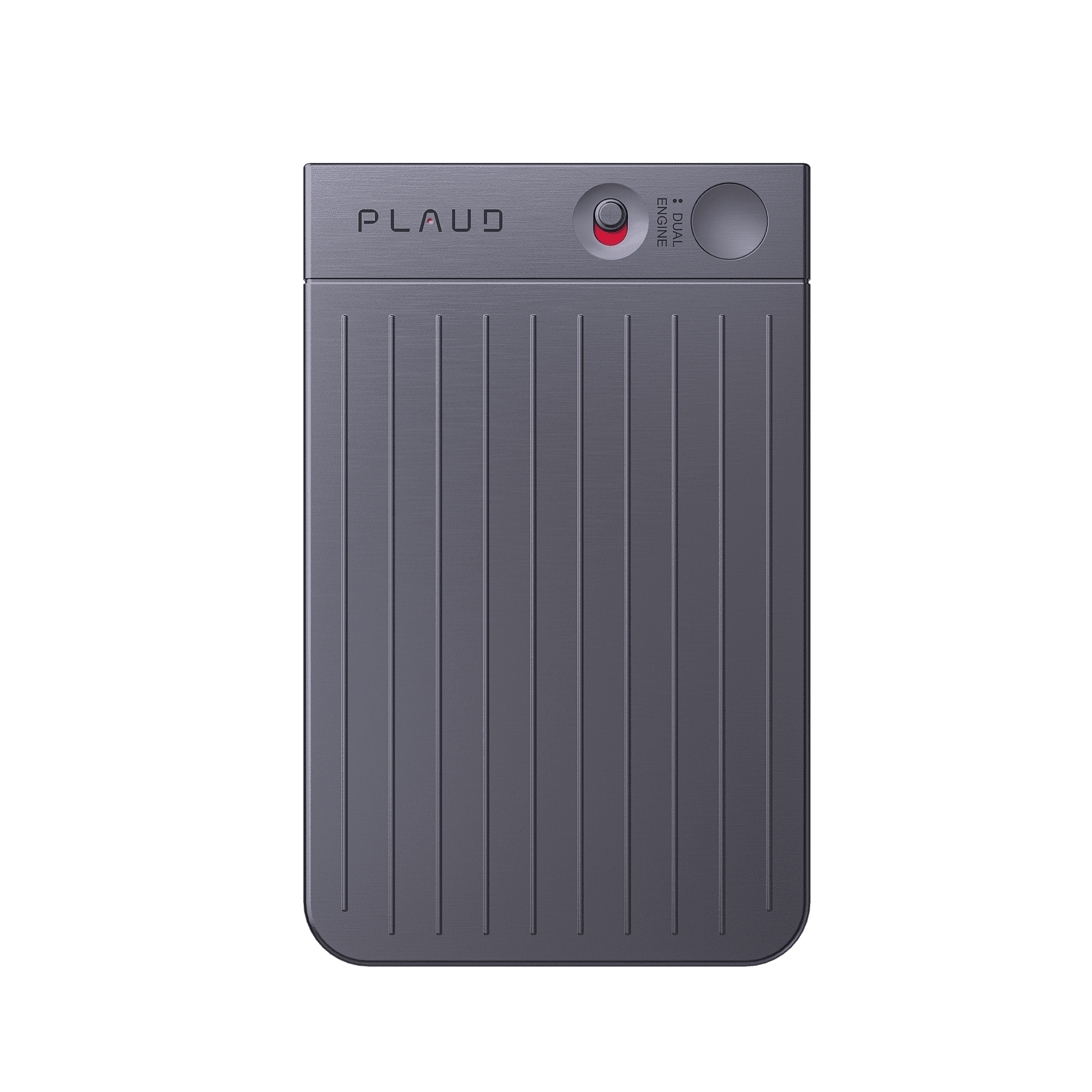Most meetings feel like a waste of time, but one-on-ones are different. When done right, they're the most powerful tool for building relationships and driving results.
One-on-ones focus entirely on the individual in front of you, creating space for meaningful questions, genuine updates, and stronger connections.
They facilitate personal discussions, problem-solving around real challenges, and often lead to better outcomes, whether that's closing deals, retaining talent, or developing team members. These meetings enable managers to support employees, acknowledge challenges, and recognize achievements.
When executed well, one-on-ones evolve from status reports into strategic conversations that drive retention, boost productivity, and strengthen relationships. In this guide, we'll explore how to conduct effective one-on-one meetings, providing practical tips on preparation, engagement, and follow-up. We'll also introduce a tool that streamlines the process and ensures consistent results. Here are the key takeaways we will learn in this article:
Key takeaways
- One-on-one meetings foster alignment, build trust, and increase satisfaction.
- Structure matters: cadence, logistics, and agenda planning are keys to success.
- Plaud tools eliminate transcription, agenda templates, and follow-up.
- Effective one-on-one meetings rely on open-ended questions and active listening.
- Low engagement or time-overrun issues are easily resolved through preparation and a structured format.
You will also discover why the Plaud AI is the best alternative when scheduling a one-on-one meeting.
What is a 1:1 meeting, and why does it matter?
One-on-one meetings are informal types that occur between two people, typically the manager and an employee, or a salesperson and a customer. These meetings have a unique aim of building understanding, discussing problems, and reaching an agreement on the way forward. They differ from status updates in that they encourage open discussion and problem-solving.

Why they matter:
- Trust and relationship-building: Regular one-on-one meetings show loyalty to personal aspirations and needs.
- Clarity: Any issues that arise are addressed, thereby avoiding misunderstandings.
- Retention: Regular one-on-one meetings with employees make them feel supported, which increases their likelihood of staying with the organization.
- Client satisfaction: Clients will be satisfied when they receive attention and appreciate tailored feedback.
One-on-one meetings are not administrative as they are a strategic investment in people and partnerships.
How to run a one-on-one meeting with your client?
Successful one-on-one meetings with customers require thorough preparation, compelling presence, and diligent follow-up. Speech-to-text transcription of calls, including speaker labeling in 112 languages, can be done with Plaud Note. This device offers accurate notes without interrupting the flow. Always remember to obtain permission in accordance with company protocol before recording any content.
Step 1: Cadence and logistics
When working with internal team members, weekly or semiweekly meetings are preferable, whereas monthly meetings may be sufficient for clients. Consistency builds momentum. Decide on format (in-person, video conference, or phone). Follow up with technology tests and create a distraction-free environment.
Step 2: Preparation for 1:1
Pre-set the agenda. Plaud's Custom Templates allow managers and sales teams to create reusable meeting templates, such as prompts like:
- Current goals
- Progress and beta-blockers
- Support needed
- Next steps
This self-repeating cycle saves time and ensures no crucial point is ever missed.
Step 3: Keep the flow structured
Structure helps in keeping things together and prevents drift. Here is a simple framework:
- Check-in: Start with building (“How are things going this week?”).
- Review progress: Discuss updates on deliverables, KPIs, or milestones.
- Address challenges: Invite the client to raise blockers or concerns.
- Explore next steps: Confirm priorities and opportunities.
- Wrap-up: Summarize action items and agree on follow-ups.
Plaud Note speech-to-text transcription helps by capturing conversations without requiring heavy note-taking. The speaker labels clearly indicate who said what. Remember to obtain consent in accordance with company policy before recording.

Step 4: Capture insights and sentiment
As soon as the session is over, recap what was discussed and agree on next steps. You don't need to remember everything. With the Plaud app, you can pull out more information from the meeting transcript you just had, once it is uploaded, for example:
- Did the client ask any specific requests or questions, either in this meeting or previously?
- Did the salesperson mention any highlights, such as a quote or proposal?
- Is the client prepared for closing based on our conversation?
This raises questions that you might have overlooked.
Tracking customer talks gives you another level of information that you did not realize earlier:
- Positive: The client is conveying satisfaction or excitement.
- Negative: The client is conveying doubts or frustrations.
- Neutral: The client is sharing information with no emotional tone.
What to talk about?
So, now what you actually need for the talk is a list of good questions, so that the meeting runs smoothly and offers discovery. Questions that are useful to ask are:
- What is one thing you are most proud of accomplishing this week?
- What is getting in the way of even more progress?
- Is there anything you need from me in terms of support or resources?
- How are you feeling about your priorities and workload?
- What is one thing we could change to make teamwork better?
Alternating questions keeps meetings productive and fresh.

Common problems and quick fixes
As easy as one-on-one meetings sound, even some experts find them challenging to conduct. Here are three common mistakes:
- Low participation: If employees or customers respond curtly, consider using open-ended questions or providing concrete examples.
- Over-running time: Stick to an agreed agenda and timebox each issue.
- Gossip off topics: Acknowledge personal news, then bring back on track.
Plaud’s AutoFlow supports consistency by automatically sending transcripts and summaries, reducing manual tracking and enabling better follow-through.
Conclusion
One-on-one meetings are crucial for building relationships, identifying challenges, and driving results. With organization and the right tools, these conversations become high-leverage, ensuring trust and alignment.
All steps become easy with Plaud’s custom templates for speaker-labeled transcription and AutoFlow summaries. With these features, managers, clients, and employees can turn each one-on-one meeting into a consistent, actionable, and effective one.
Key takeaways
- One-on-one meetings foster alignment, build trust, and enhance satisfaction.
- Structure matters: cadence, logistics, and agenda planning are keys to success.
- Plaud tools eliminate transcription, agenda templates, and follow-up.
- Every effective one-on-one meeting uses open-ended questions and active listening.
- Low engagement or time overrun issues can be easily addressed through proper preparation and a clear form.
FAQs
What do you put in a 1:1 meeting invitation?
Be brief and professional. State reason (e.g., "weekly check-in" or "client update"), bring out an agenda, and complete logistics.
Are one-on-ones helpful?
Of course. Frequent one-on-one meetings enhance engagement, retention, and client satisfaction by providing a dedicated space for open communication.
How do you give feedback in a 1:1?
Frame feedback constructively: highlight positives, followed by areas to improve with concrete examples and suggested next steps.
How often should managers do 1:1 meetings?
Biweekly or weekly meetings are ideal for employees. Monthly sessions are suitable for clients, striking a balance between focus and efficiency.
What can be utilized to improve 1:1s?
Plaud offers Custom Templates for agendas, speech-to-text transcription with speaker labels, and AutoFlow for automatic follow-ups.





